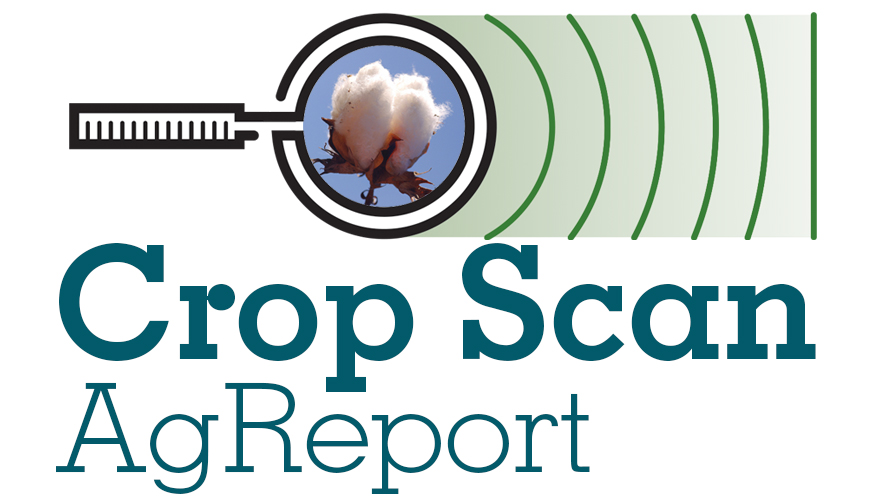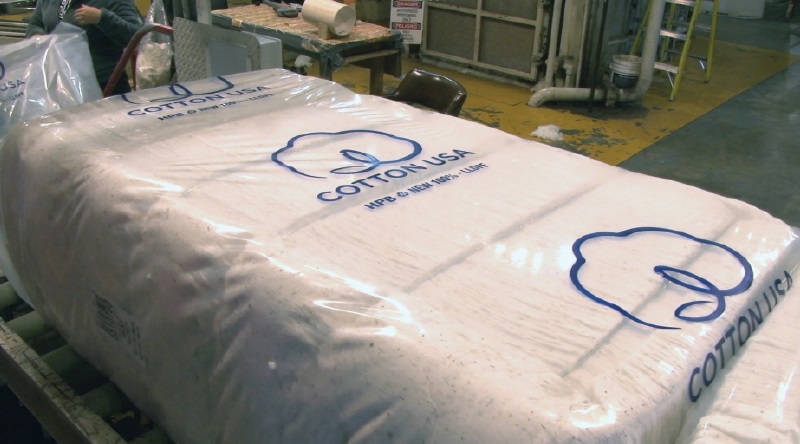Projections Show Higher Ending Stocks for U.S. in 2011/12
World Cotton Outlook Board
The 2011/12 U.S. cotton projections show higher ending stocks relative to last month, despite a sharp reduction in expected production, which is based on unfavorable weather.
Beginning stocks are raised 500,000 bales due to continued export sales cancellations and the slow pace of shipments in the final months of 2010/11. The 2011/12 production forecast is reduced 1.0 million bales from last month to 16.0 million, despite larger planted area in the June Acreage report, as abandonment is forecast at a record 30 percent due to historic drought conditions, mainly in Texas.
Domestic mill use is unchanged from last month. Exports are lowered 1.0 million bales to 12.0 million, due both to reduced U.S. supplies and weaker foreign demand. Ending stocks are raised to 3.0 million bales. The forecast stocks-to-use ratio of 19 percent, while above last month’s indication, is still relatively tight. The average price received by producers is now projected at 90 to 110 cents per pound, 5 cents below last month on each end of the range.
The world 2011/12 cotton projections also include higher beginning stocks, lower production, and lower offtake compared with last month. Beginning stocks are raised mainly in the United States and India.
The decline in U.S. production is partially offset by an increase for Australia. World consumption is lowered nearly 2 percent from last month, as surplus yarn stocks and substitution of polyester for cotton in textile products are expected to reduce demand below previous expectations.
Imports are reduced for several countries as a result of weaker demand growth, with China accounting for more than half of the reduction. Exports are reduced for the United States, Brazil, and Australia, but are raised for India.
World ending stocks are increased nearly 6 percent to 51 million bales. The projected stocks-to-use ratio of 44 percent reflects recovery from the very tight levels of the two preceding years, but is still the third lowest since 1994/95.








